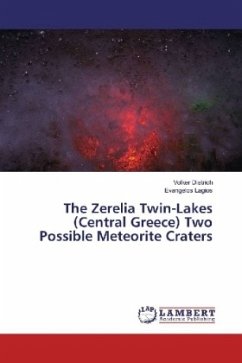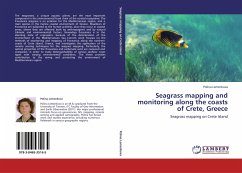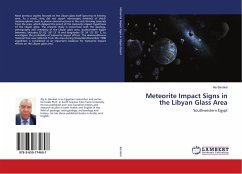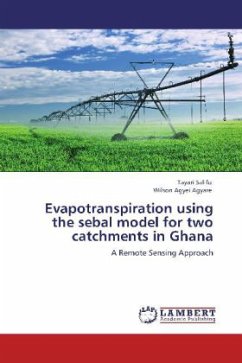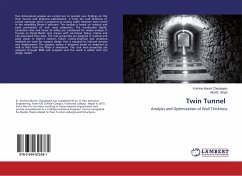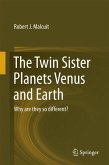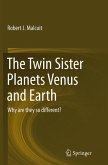Meteorite craters on Earth are attractive phenomena, since they represent places of impact material from outer space and allow studying the physical effects of the impact on the Earth's surface and environment: such as the case of meteoritic finding insights of the solar system. Two circular permanent lakes of 150 and 250 m in diameter and both 6 to 8 m depth, occur 250 m apart from each other in the agricultural fields near the town of Almyros (Thessaly) in central Greece. This picturesque site is known as the Neolithic Magoula Zerelia settlement on a hill between the lakes. For the first time, the lakes were investigated by a geological and geophysical study to elucidate the enigmatic nature of the lakes due to possible volcanic eruptions, an underground hydrothermal or gas explosion, simple karst doline depressions or a meteoritic impact. Mineralogical and chemical studies on a large number of samples from the embankments favour the hypothesis of a meteoritic impact, the firstmeteorite craters in Greece. In addition, modelled negative gravity anomalies confirmed rootless bowl-type structures down to about 150 m for the eastern lake and down to about 250 m for the western lake.
Bitte wählen Sie Ihr Anliegen aus.
Rechnungen
Retourenschein anfordern
Bestellstatus
Storno

